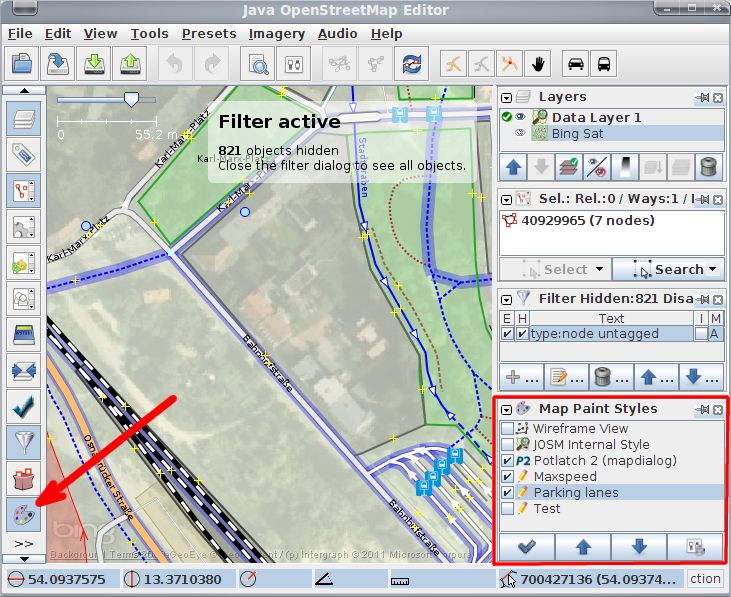

I see it as working as well if not better then previous versions in this area. X1 does a really good job of exploiting dual monitors.

CW needs to do a lot more in our ability to customize the colors used for a lot more objects and things that X1 has. Also color changes seem not to be adopted quickly for various objects even when a color change is supported. Still on this subject who was the person at CW that thought dark gray on dark gray for labels was a good idea? Fortunately I was able to change some of the labels by changing a color for text but not all. Now that I have it on my desk top its not as bad as I thought but not as good as it could look if one had some control over color choices.
#Sonar move multidock to bottom of page windows
The light gray for the windows framing is ugly. My first impression of X1 upon looking at it on the web was of a very crowded and squished work area. My review of Sonar X1 Producer version 1a.

It's disappointing that Sonar still feels cramped on a single monitor, though.My review of Sonar X1 Producer version 1a. All panels can be undocked, rearranged and turned into floating windows, and dragging the MultiDock to a second monitor worked well for us. The new Screensets provide a workaround by saving and recalling panel layouts, but it wasn't a perfect solution. The downside is that, even on our 1920x1200-pixel display, there wasn't enough room for the MultiDock window to be of much use until we enlarged it at the expense of the main Track View, where the bulk of recording and editing takes place.
#Sonar move multidock to bottom of page plus
The new MultiDock window runs along the bottom of the screen, and is home to pretty much everything else - the main mixer view plus editors for audio waveforms, loops, MIDI piano roll and music notation. It's well organised, and media and plug-ins can be dropped into the project. The right of the screen is home to a new Browser panel with three tabs for media, plug-ins and any virtual instruments currently in use.

Clip and track properties can be displayed here too, although these views hark back to the dense information blasts of old. The new interface makes better use of the available screen space but it still requires a big monitor - or preferably two.Īn updated Inspector panel appears on the left, showing the selected track's mixer channel and, cleverly, the bus channel that it's routed to. There's still a lot for new users to take in - more text descriptions would have been welcome - but the learning curve is shallower than it was before. The transport controls and various other dense clusters of buttons have been redesigned into a single Control Bar that runs along the top of the screen. Visually, the new interface is a vast improvement, despite the sombre colour scheme. Its utilitarian appearance bordered on being ugly, windows battled for screen space and excessive use of cryptic icons, acronyms and long right-click menus made it feel more technical than creative to use. It's a welcome move, as while we've always admired Sonar's abilities, we've been less fond of its interface. The interface has been radically overhauled, largely doing away with multiple floating windows in favour of a docked-panel approach. In this latest update, the emphasis is on workflow. It was among the first music packages to combine traditional recording techniques with dance-oriented loop manipulation, and powerful features such as its V-Vocal pitch manipulation and AudioSnap audio quantise predate similar features in its main rival, Steinberg Cubase. Cakewalk Sonar has an impressive history of innovation.


 0 kommentar(er)
0 kommentar(er)
